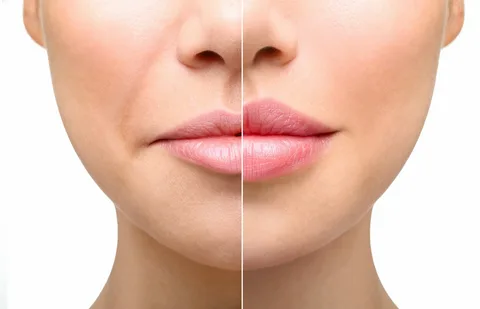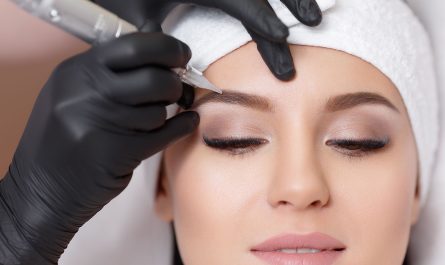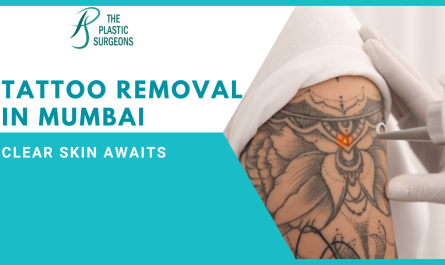Introduction
Full, plump lips have been a symbol of beauty and sensuality for centuries. Thanks to advancements in cosmetic procedures, achieving the perfect pout is now more accessible than ever, thanks to lip fillers. Lip fillers have become increasingly popular in recent years, with countless celebrities and influencers flaunting their enhanced lips. However, before you jump on the lip filler bandwagon, there are some essential things you should know. In this blog, we will explore five key aspects of lip fillers that everyone considering the procedure should be aware of.
What Are Lip Fillers?
Lip fillers, technically known as dermal fillers or lip augmentation, are non-surgical cosmetic procedures that involve injecting a substance into the lips to add volume, definition, and shape. The most commonly used lip filler material is hyaluronic acid. It is a natural substance found in the body that helps retain moisture and keep the skin hydrated. When the lips are injected with it, hyaluronic acid fillers provide a temporary plumping effect.
One of the major advantages of hyaluronic acid fillers is their reversibility. If you’re not satisfied with the results or experience any complications, your healthcare provider can use hyaluronidase, an enzyme, to dissolve the lip filler and restore your lips to their natural state. This feature offers a level of control and safety that other cosmetic procedures may not provide.

Choosing the Right Provider
Selecting the right healthcare provider to administer your lip fillers is perhaps the most crucial decision you’ll make during this process. Your provider’s skills and experience can significantly impact the results and safety of the procedure. Here are some tips for finding a qualified professional:
a. Research: Start by researching licensed and board-certified healthcare professionals who specialize in cosmetic procedures. Look for reviews and before-and-after photos to gauge their expertise and patient satisfaction.
b. Consultation: Schedule a consultation with the potential provider to discuss your goals, concerns, and any questions you may have.
c. Credentials: Ensure that your provider has the appropriate credentials and certifications to perform lip filler injections. Ask about their experience with the specific filler material you’re considering.
d. Safety and Cleanliness: The clinic or facility where the procedure is performed should adhere to strict safety and hygiene standards. Sterile equipment and a clean environment are crucial to avoid complications.
The Procedure Itself
Getting lip fillers is a relatively quick and straightforward process. Here’s what you can expect during the procedure:
a. Numbing: Your provider will apply a topical numbing cream to minimize any sensations in the area during the injections. In some cases, a local anesthetic may be used to further numb the area.
b. Injection: The filler material will be injected into specific areas of your lips to achieve the desired shape and volume. Your provider will use a fine needle or cannula for precise placement.
c. Monitoring: You and your provider will monitor the progress throughout the procedure to ensure you achieve the desired look. You can provide feedback and make adjustments as needed.
d. Recovery: After the injections, you may experience mild swelling, redness, or bruising, which typically subsides within a few days. Your lips will gradually settle into their final shape and size over the following weeks.
Results and Maintenance
The results of lip filler procedures are not permanent but can last anywhere from six months to a year, depending on factors such as the type of filler used and your individual metabolism. To maintain your enhanced lips, you’ll need to undergo periodic touch-up sessions.
It’s important to have realistic expectations about the results. Lip fillers can boost the shape and volume of your lips, but they won’t transform you into a completely different person. Communication with your provider is key to achieving the look you desire while maintaining a natural appearance.
Potential Risks and Side Effects
Like any medical procedure, lip fillers come with potential risks and side effects. While complications are relatively rare, it’s essential to be aware of them before deciding to proceed. Common side effects include:
a. Swelling: Swelling is normal and expected after the procedure but should subside within a few days.
b. Bruising: Some bruising at the injection sites is common, but it’s typically temporary and can be concealed with makeup.
c. Infection: Though rare, there’s a risk of infection at the injection site. Choosing a reputable provider and maintaining proper aftercare can minimize this risk.
d. Allergic Reactions: Although hyaluronic acid fillers are generally well-tolerated, there’s a minimal risk of allergic reactions. Be sure to inform your provider of any allergies or sensitivities before the procedure.
e. Uneven Results: In rare cases, lip fillers can lead to asymmetry or unevenness. This can usually be corrected with additional injections or adjustments.
Conclusion
Lip fillers have become a popular cosmetic procedure, offering a non-surgical way to enhance the lips and achieve a plump, youthful appearance. However, it’s crucial to educate yourself about the procedure, choose a qualified provider, and have realistic expectations about the results. While lip fillers are generally safe and reversible, they are not without potential risks and side effects.
If you’re considering lip fillers, take your time to research providers, ask questions during consultations, and discuss your goals openly. By doing so, you can increase the likelihood of a successful procedure and enjoy the benefits of fuller lips while maintaining a natural look. Remember that beauty is subjective, and the most important thing is to feel confident and comfortable in your own skin.


